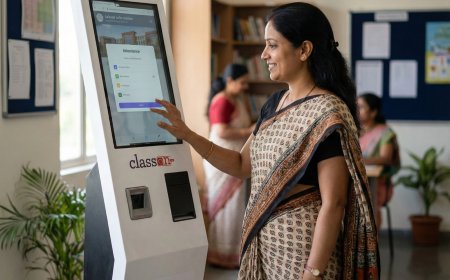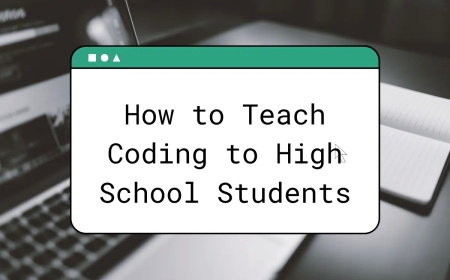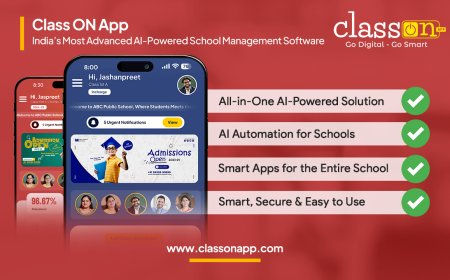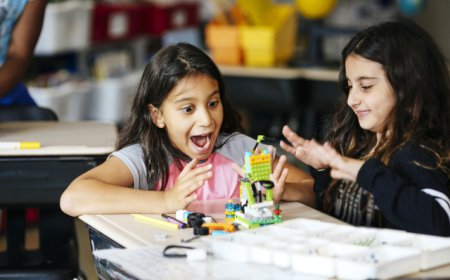Bridging the STEM Education Gap in Rural Areas
Innovative STEM programs are transforming rural education with hands-on learning, mobile labs, online courses, and community support, bridging the learning gap.

In many rural areas, students struggle to access quality education in Science, Technology, Engineering, and Mathematics (STEM). Lack of infrastructure, limited resources, and insufficient trained educators create a learning gap that puts rural students at a disadvantage. To bridge this gap, innovative and creative educational programs are emerging, providing young minds with opportunities to explore STEM subjects in engaging and practical ways. These initiatives are reshaping education in remote regions, ensuring that students receive the skills they need for the future.
Interactive activities like science experiments, robotics kits, and coding workshops have made learning more engaging for rural students. These hands-on experiences help children grasp complex concepts more effectively, making STEM subjects enjoyable and accessible.
To address the lack of infrastructure, mobile STEM labs equipped with science kits, computers, and experiment tools travel to remote villages. These labs provide students with practical learning opportunities that were previously unavailable due to the absence of proper classrooms and laboratories.
Digital platforms and online courses have opened new doors for rural students. With the availability of low-cost internet and government initiatives promoting digital education, children can now access quality STEM learning resources from their homes or community centers.
Many rural schools lack trained STEM educators. Specialized training programs are equipping teachers with the skills and knowledge needed to make STEM subjects more understandable and exciting for students, improving the overall quality of education.
Governments and non-profit organizations are stepping in to support STEM education in rural areas. They provide funding, resources, and training, ensuring that students have access to innovative learning methods that prepare them for future careers.
Local communities play a vital role in enhancing STEM education. Parents, volunteers, and local businesses contribute by organizing workshops, mentoring students, and providing practical exposure to STEM-related activities.
Competitions like science fairs, coding challenges, and robotics contests encourage students to apply their learning in real-world scenarios. These events boost confidence, creativity, and problem-solving skills, motivating students to pursue careers in STEM fields.
Low-cost STEM kits containing experiment tools, circuits, and coding modules are being distributed to rural schools. These kits enable students to learn through experimentation and innovation without the need for expensive equipment.
Partnerships between schools and tech companies allow students to gain insights into the STEM industry. Guest lectures, factory visits, and internship programs expose them to career opportunities and the latest technological advancements.
Introducing STEM concepts at an early age helps children develop an interest in these fields, leading to long-term career growth. Programs targeting primary and middle school students ensure a strong foundation, bridging the education gap between rural and urban students.
STEM education is crucial for preparing students for the modern workforce. While rural areas face significant challenges, creative programs are making a difference by providing innovative learning experiences. Hands-on activities, mobile labs, digital education, and community involvement are transforming how rural students access STEM education. With continued support from governments, NGOs, and the private sector, these initiatives will play a key role in ensuring equal learning opportunities for all children, regardless of their location.




























